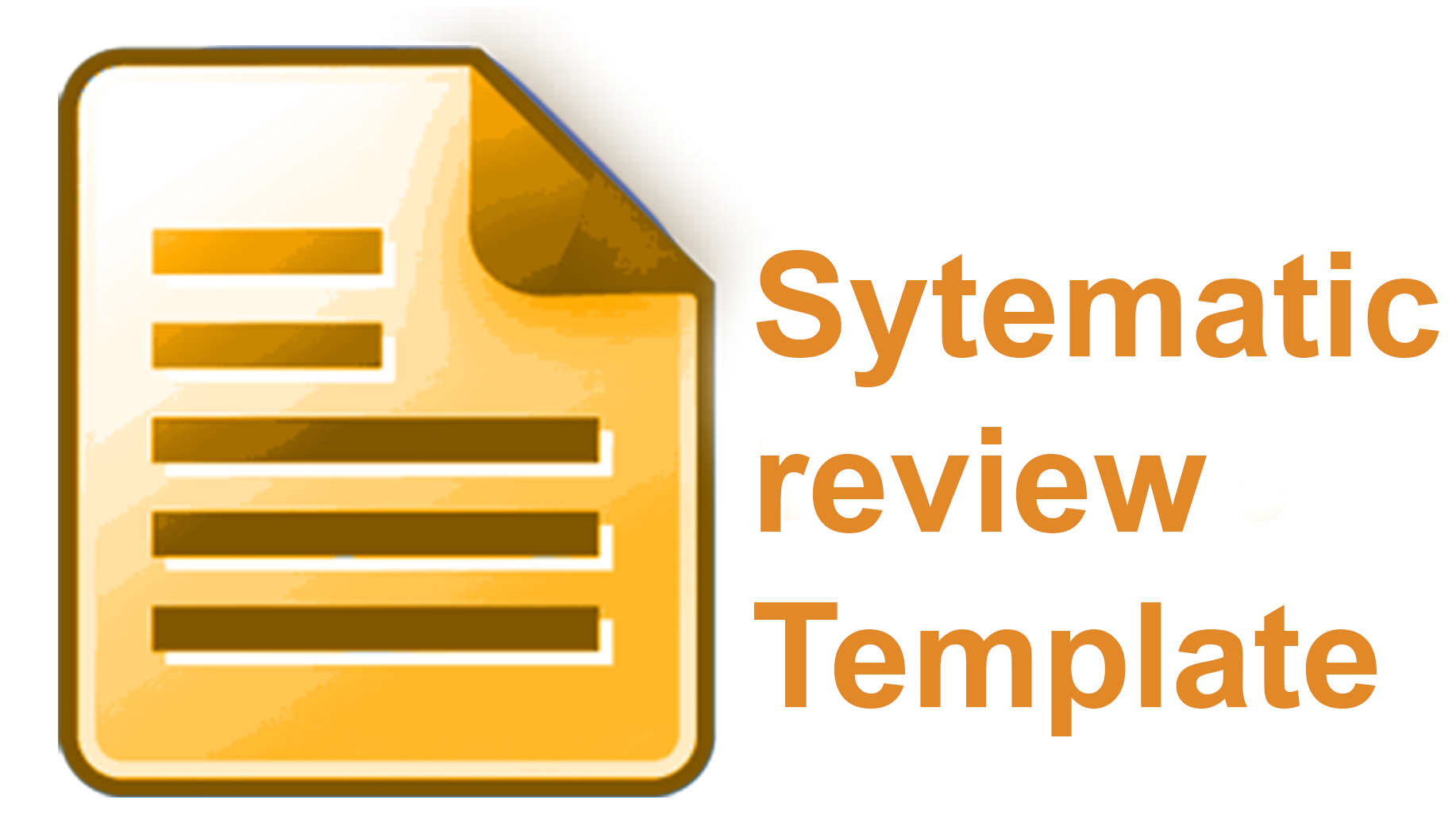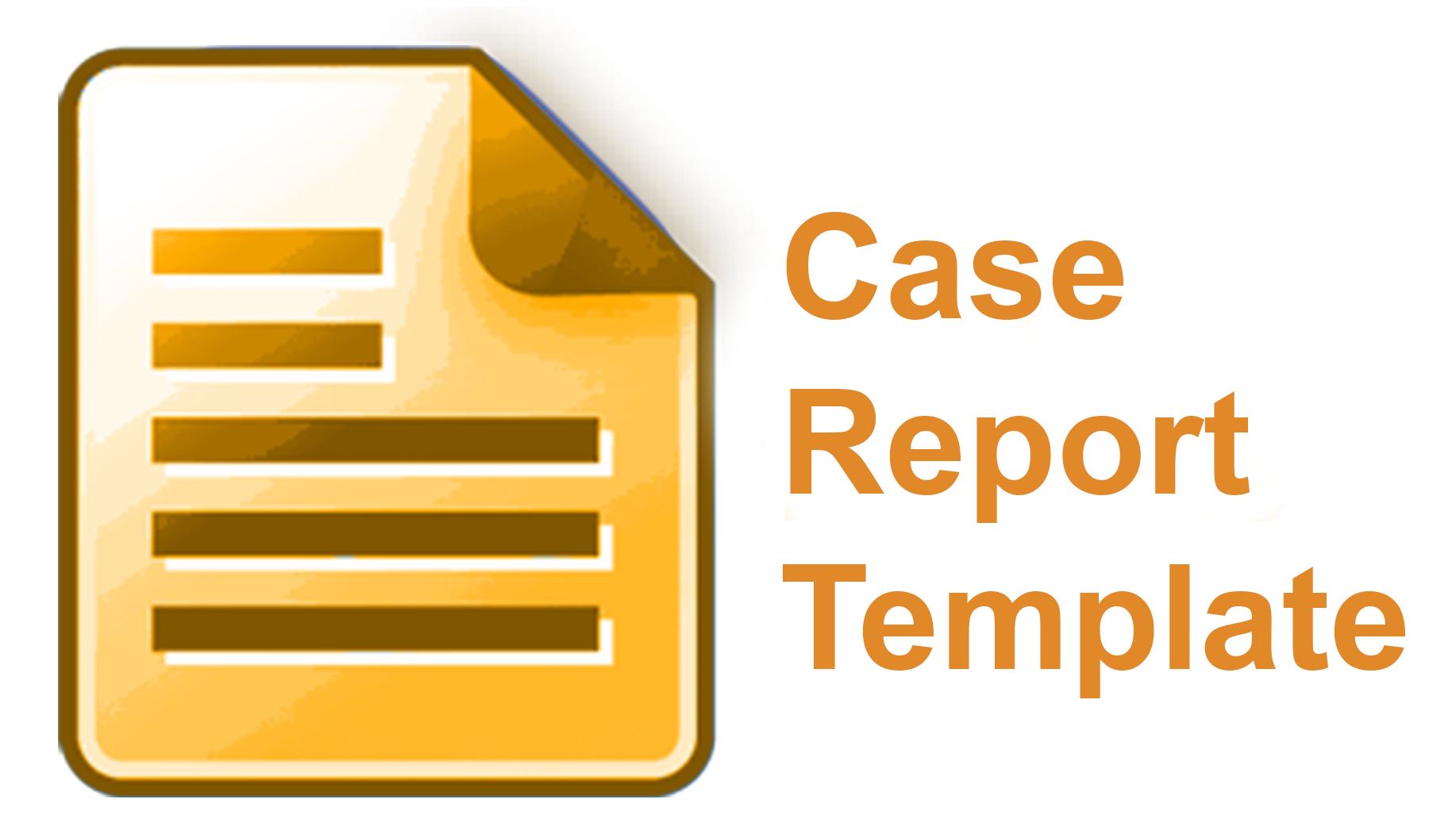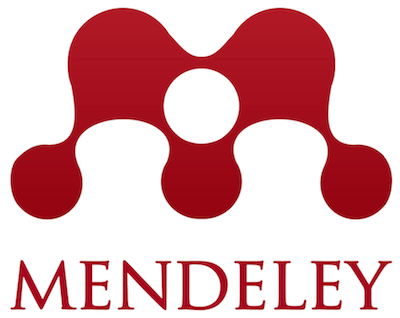- Focus and Scope
- Section Policies
- Peer Review Process
- Publication Frequency
- Open Access Policy
- Archiving
Focus and Scope
Padjadjaran Journal of Dentistry is a peer-reviewed scientific publication dedicated to advancing knowledge in the field of dentistry. The journal publishes original research articles, systematic reviews, and case reports covering a wide range of disciplines, including Dental Assisting; Dental Hygiene; Periodontics; and Dentistry (Miscellaneous).
In addition, manuscripts focusing on indigenous health research and the utilization of natural resources in dentistry are particularly encouraged, as they represent areas of growing scientific and societal relevance.
Section Policies
Articles
Systematic Review
Case Report
IOP - Dies 2017
Bandung Dentistry 2022
Peer Review Process
The Padjadjaran Journal of Dentistry (PJD) is a double-blind peer-reviewed journal. Every paper submitted to PJD for publication is subject to peer review. The peer review in this journal is an evaluation of the submitted paper by two or more individuals of similar competence to the author. It aims to determine the academic paper's suitability for publication. The peer review method is employed to maintain standards of quality and provide credibility for the papers. The peer review at PJD proceeds in 9 steps with the description as follows.
1. Submission of Paper
The corresponding or submitting author submits the paper to the journal. This is carried out via an online system supported by the Open Journal System (OJS). To facilitate authors, PJD temporarily also accepts paper submissions by email.
2. Editorial Office Assessment
The submitted paper is first assessed by the PJD editor. The editor checks whether it is suitable for the journal's focus and scope. The paper's composition and arrangement are evaluated against the journal's Author Guidelines to make sure it includes the required sections and stylizations. In addition, an assessment of the minimum required quality of the paper for publication begins at this step, including one that assesses whether there is a major methodological flaw. Every submitted paper that passes this step will be checked by Turnitin to measure the similarity index which leads to plagiarism before being reviewed by reviewers.
3. Appraisal by the Editor-in-Chief
The Editor-in-Chief checks if the paper is appropriate for the journal, sufficiently original, interesting, and significant for publication. If not, the paper may be rejected without being reviewed any further.
4. Invitation to Reviewers
The handling editor sends invitations to individuals who he or she believes would be appropriate reviewers (also known as referees) based on expertise, the closeness of research interest, and no conflict of interest consideration. The peer review process at PJD involves a community of experts who are qualified and able to perform reasonably impartial reviews. The impartiality is also maintained by the double-blind peer review employed in this journal. That said, the reviewer does not know the author's identity, conversely, the author does not know the reviewer's identity. The paper is sent to reviewers anonymously.
5. Response to Invitations
Potential reviewers consider the invitation against their own expertise, conflicts of interest, and availability. They then decide to accept or decline. In the invitation letter, the editor may ask the potential reviewer for the suggestion of an alternative reviewer, when he or she declines to review.
6. Review is Conducted
The reviewers allocate time to read the paper several times. The first read is used to form an initial impression of the work. If major problems are found at this stage, the reviewers may feel comfortable rejecting the paper without further work. Otherwise, they will read the paper several more times, taking notes so as to build a detailed point-by-point review. The review is then submitted to the journal, with a recommendation to accept, or reject it, or else with a request for revision (usually flagged as either major or minor) before it is reconsidered.
7. Journal Evaluates the Reviews
The Editor-in-Chief and handling editor consider all the returned reviews before making an overall decision. If the reviews differ widely between both reviewers, the handling editor may invite an additional reviewer so as to obtain an extra opinion before making a decision.
8. The Decision is Communicated
The editor sends a decision email to the author including any relevant reviewer comments. Reviewer comments are sent anonymously to the corresponding author to take the necessary actions and responses. At this point, reviewers are also sent an email or letter letting them know the outcome of their review.
9. Final Steps
If accepted, the paper is sent to copy-editing. Suppose the article is rejected or sent back to the author for either major or minor revision. In that case, the handling editor will include constructive comments from the reviewers to help the author improve the article. The author should make corrections and revise the paper per the reviewers' comments and instructions.
After revision has been made, the author should resubmit the revised paper to the editor.
If the paper was sent back for revision, the reviewers should expect to receive the revised version, unless they have opted out of further participation. However, where only minor changes were requested this follow-up review might be done by the handling editor.
If the editor is happy with the revised paper, it is considered to be accepted. The accepted papers will be published online and all are freely available as downloadable pdf files.
Publication Frequency
Currently published tri-annual (March, July, and November).
Open Access Policy
This journal provides immediate open access to its content on the principle that making research freely available to the public supports a greater global exchange of knowledge.
This journal is open access journal which means that all content is freely available without charge to users or / institution. Users are allowed to read, download, copy, distribute, print, search, or link to full text articles in this journal without asking prior permission from the publisher or author.
Archiving
This journal utilizes the Directory of Open Access Journals (DOAJ) system to create a distributed archiving system among participating libraries and permits those libraries to create permanent archives of the journal for purposes of preservation and restoration.





.png)

 All publications by the Universitas Padjadjaran [e-ISSN:
All publications by the Universitas Padjadjaran [e-ISSN: